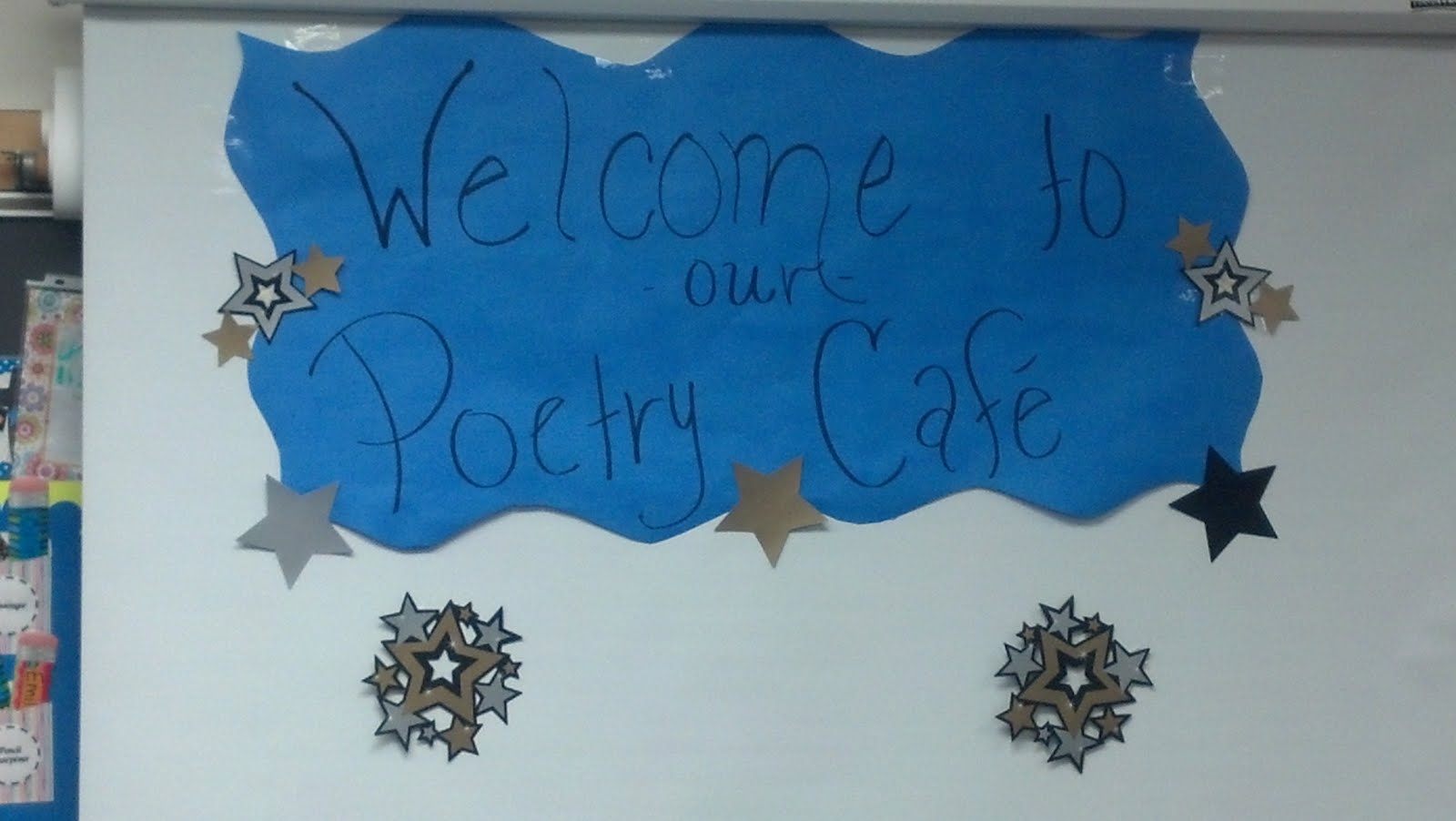Today is Day 16 of Author Amok's 2015 poem-a-day project. We are spending February writing in response to sounds. I'm remembering my recent trip to New Mexico, with two days of sounds related to that region.
For a full description of the project and how to participate, please read this post. I hope you'll join us. I'll continue posting poems from Day 16 as they come in. Thanks to everyone who has sent in poems so far. We've written over 70 new poems already this month!
Our Day 16 prompt is quaking aspen, suggested by Jennifer Lewis.
Before the Summer Storm
(Figuratively Speaking)
by Diane Mayr
High above, the angels
glad-hand each
other and get in
some practice shots.
Reluctantly, the sun
grabs her cloud
cloak and pulls it
across her face.
The neighbor's
hound begins to
bay in a most
melodramatic way.
Birds fly low as if
they are shirts
trying to avoid the
press of a steam iron.
Ants and bees
busy themselves
buzzing and battening
their back doors.
Aspens literally
quake and the maple,
like a frightened child,
lifts her lacy skirt
to hide her face.
My effort today is half found poem, with phrases found at two online sources (here's the first and the second), and some original connective tissue ... including figurative language.
Quaking
By Laura Shovan
Each heart-shaped
aspen leaf
holds its stem
at a right angle,
as a tango dancer
dressed in gold
might face
her partner’s
squared shoulder,
slim petiole turned,
angled against
whispering leaf.
They tremble together,
like thousands
of wings. A breath
of breeze
turns these trees
to quivering gold.The aspens are dancing again in Charles Waters' poem.
MATINEE
Aspens papery flags
Whip into applause
After the ballerinas
Of breeze complete
Their final pirouette.
(c) Charles Waters 2015 all rights reserved.
Mike Ratcliffe still has Valentine's Day on his mind with his poem. He told me that the title means, "in the grove of the trembling aspens." Be sure to read Mike's comment on this post for a little background on this wonderful poem.
En la Arboleda de los Álamos Temblórosos
by Mike Ratcliffe
¡Ay! Mi corazón. Mi amor.
My heart aches to hear
the wind through these trees.
These leaves, the only gold we’ve seen.
I cry as I think of you,
and the golden light of Andaluz.
¡Ay! This wind, these leaves—
a thousand castanets,
a thousand days searching for gold,
a thousand nights dreaming of you.
¡Ay! Dance for me, my love,
dance for me in my dreams.
I like the way that Linda Baie's final two lines make a clear visual and auditory picture. Do you hear the connection to the castanets from Mike's poem?
The Other Gold of Quaking Aspen
Aspen’s shaking, shushing rattles
of their sideways-growing leaves
makes me close my eyes,
hear natives dance among the trees.
I think they stole the sound,
hold it in a gourd of seeds.
Linda Baie © All Rights Reserved
Patricia VanAmburg's poem today is full of wordplay -- another type of sound poem.
Squall
quake—shake
mostly fake
snow—blow
just for show
chill still
fills each tree
quiver—shiver
trembles me
Who Has Seen the Wind?
BY CHRISTINA ROSSETTI
Who has seen the wind?
Neither I nor you:
But when the leaves hang trembling,
The wind is passing through.
Who has seen the wind?
Neither you nor I:
But when the trees bow down their heads,
The wind is passing by.
And we have a new poet joining us today, Poetry Friday blogger Karin Fisher-Golton! Welcome, Karin.
Quaking Aspen Sound Haiku
by Karin Fisher-Golton
green, the aspen cheered
yellow glory lands, leaving
single leaf silence
And we have a new poet joining us today, Poetry Friday blogger Karin Fisher-Golton! Welcome, Karin.
Quaking Aspen Sound Haiku
by Karin Fisher-Golton
green, the aspen cheered
yellow glory lands, leaving
single leaf silence
Here are all of the sound prompts for the third week of February. As promised, I included a couple of sounds from New Mexico:
Sunday, February 15
Video of Santa Fe's Cathedral Basilica of St. Francis of Assisi by my Albuquerque friend, Jennifer Lewis.
Monday, February 16
Quaking aspen. Read more about this sound here.
Quaking aspen. Read more about this sound here.
Wednesday, February 18
Recommended by Michelle Heidenrich Barnes of Today's Little Ditty
Recommended by Michelle Heidenrich Barnes of Today's Little Ditty
Friday, February 20
Follow the link to choose your reptile.
You'll need to turn the volume high to hear this one.
If you'd like some poem-starters to wake up your muse, you'll find them at the bottom of this post. Drop in any time with a poem. I’ll continue to post your work throughout the month, no matter which sound you are writing in response to.
Would you like to read what we’ve written so far? Here are links to the week 2 poems. You can find links to the week 1 poems on all of these posts:
Sound of Waves Poems by Patricia VanAmburg, Diane Mayr, Linda Baie, Laura Shovan, Margaret Simon, and Charles Waters.
Bubbling Cauldron Poems by Diane Mayr, Charles Waters, Laura Shovan, and Buffy Silverman.
Fireworks Poems by Charles Waters, Diane Mayr, and Laura Shovan.
Classic Typewriter Sound Poems by Patricia VanAmburg, Diane Mayr, Charles Waters, Mike Ratcliffe, and Laura Shovan.
Mockingbird Poems by Linda Baie, Mike Ratcliffe, Laura Shovan, Charles Waters, and Margaret Simon.
Cape Eagle Owl Call Poems by Linda Baie, Patricia VanAmburg, Charles Waters, and Diane Mayr.
Male Woodcock Mating Call Poems by Diane Mayr, Patricia VanAmburg, Mike Ratcliffe, Laura Shovan, Linda Baie, and Charles Waters.









.jpg)

.jpg)
.jpg)
.jpg)